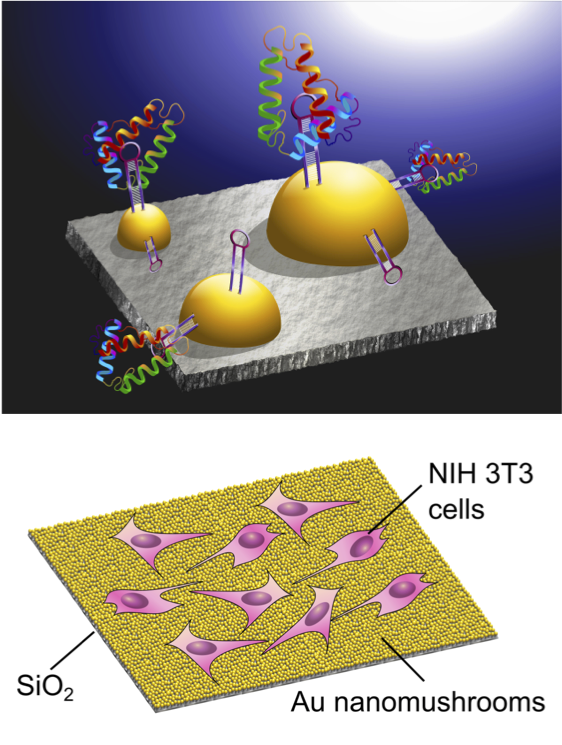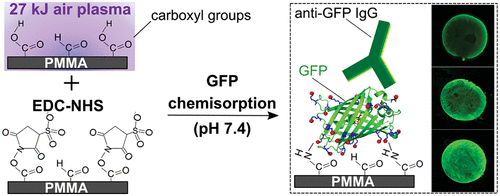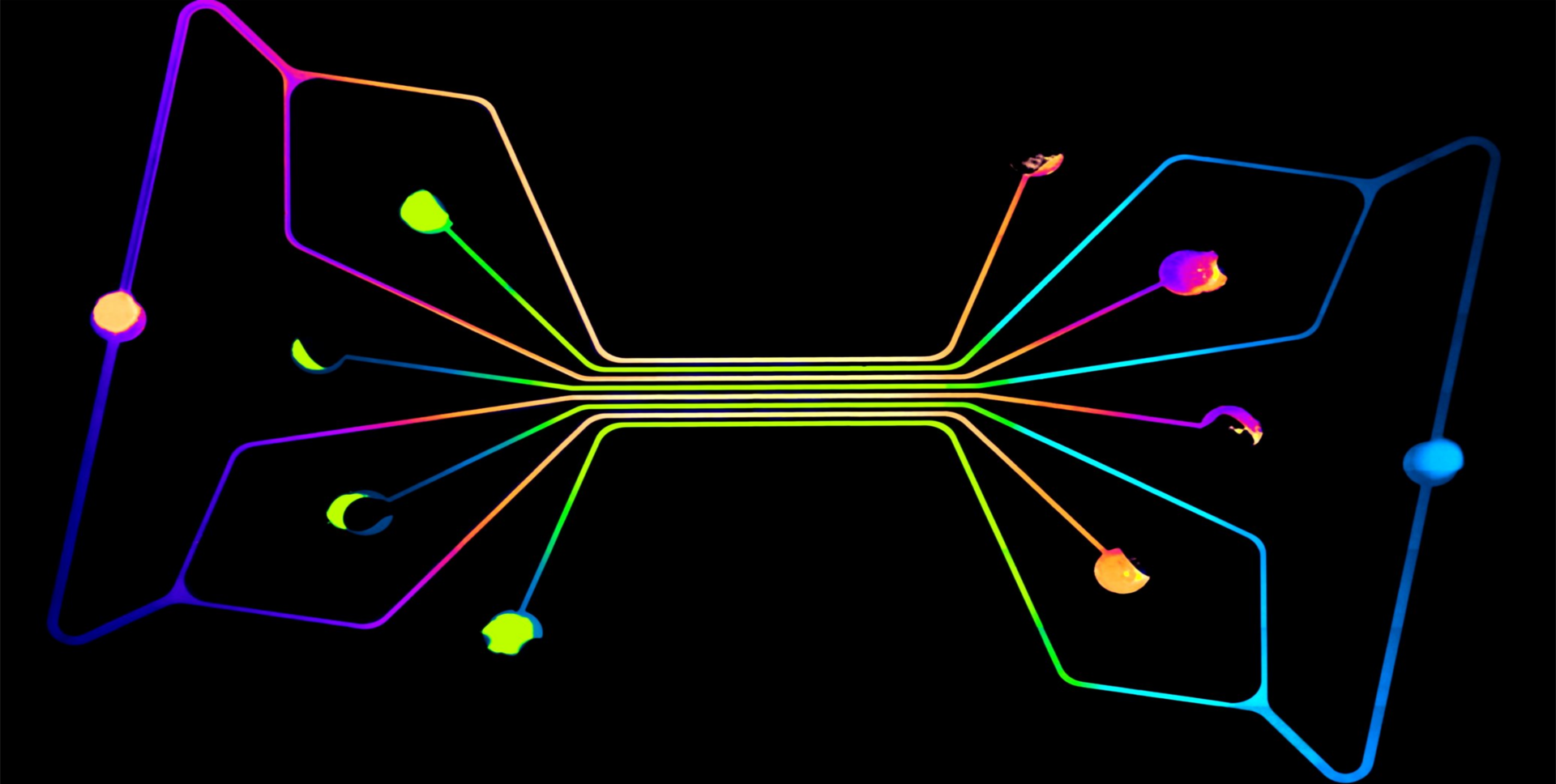Biotechnology

Nanophotonic materials and novel sensors
Metal nanostructures are a highly attractive class of materials with unique electrochemical and optical sensing properties. Recent developments have greatly improved the sensitivity of optical sensors based on metal nanostructured arrays. We use these nanophotonic materials to develop the localized surface plasmon resonance (LSPR) sensors, for detecting molecular binding events. Our ongoing research involves areas presenting most significant challenges: integration of LSPR with complementary electrochemical techniques, long term live-cell biosensing and practical development of sensors and instrumentation for routine use and high-throughput detection.


Bioassays
Immunoassay diagnostic devices have benefited from the development of microfluidic techniques by reducing the required sample volume and costs per test. Nanofluidic technologies promise to reduce required sample volume even further, and introduce new physical phenomena that can improve the performance of diagnostic devices. Our ongoing research focuses on: surface chemistry and nanomaterial synthesis related to sensing, exploiting micro/nanofluidics to enhance capture efficiency.
- Surface functionalization (Functionalized PMMA for bioassays)
- Microcontact printing of biomolecules
- Nanofluidic immunoassays


Bio-MEMs with machine learning based algorithm
In biosystems, chemical and physical fields established by gradients guide cell migration, which is a fundamental phenomenon underlying physiological and pathophysiological processes such as development, morphogenesis, wound healing, and cancer metastasis. We investigate how electric fields and chemical cues in the microenvironment can influence the migration of glioblastoma cells by developing a versatile micro-biosystem.
- Usiigaci: Label-free instance-aware cell tracking under phase contrast microscopy using machine learning
- Glioma on Chips: Analysis of glioma cell guidance and interaction in microfluidic-controlled microenvironments enabled by machine learning
- Tumor-on-a-Chip



